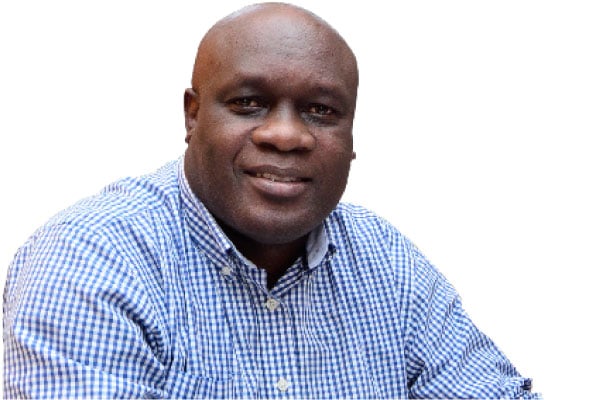Magazine journalism and sketch of future newspaper

Odoobo C. Bichachi
What you need to know:
One such way is for newspapers to switch to magazine approach of presenting news and features content so it can be consumed not on the day of publication but even the next day.
We have heard a lot about the future of print media. Many pundits predicted its demise when radio hit the airwaves and also when television arrived, especially the 24-hour cable and satellite news.
It was easy to tell why such gloom was expected; the “new media” offered a lot more dynamism than the grey or white printed pages. You could listen to radio as you went about your other duties unlike the newspaper where you had to sit or stand somewhere to read. Television too offered novelty; combining sound and motion to relay stories in real-time.
In time, these predictions turned out wrong because the new media could not pack all the important details in an audio or video broadcast the way newspapers did on a page. Additionally with television, one had to sit in front of an illuminating box to be able to watch, meaning one had to more or less leave everything else they were doing to watch.
But significantly, it emerged that both radio and television were transient in nature; that once a bulletin passed you by a minute then that was it. You could not rewind and listen/watch again unlike the newspaper that you can return to the printed word as many times as you needed to.
Yet today, the picture is far gloomier for the print media even when it is not any better for both radio and television. In fact radio – at least in Africa – long lost out as a medium of news journalism and is now confined to the realm of entertainment.
This tectonic shift is all on account of advances in information and communications technology (ICT) that has converged all the three hitherto powerful mediums of print, radio and television on the internet. Thus a visit to one news website today will deliver to you a story in the three formats.
What is even better is today, one does not have to sit in front of a big screen box mounted on a desk or carry a laptop to be able to access the internet. It all comes on-the-go and in-the-palm on one’s smart mobile phone. Of course there are limitations of cost of data and breadth of connectivity.
Nonetheless, current predictions about the gloomy future of the newspapers in particular cannot simply be dismissed as just another passing not-so-dark cloud. This is now an existential matter! Many newspapers have lost circulation, readership and advertising that goes with both, hugely challenging the old business model that has held steady for eons.
The young people are not reading newspapers; they are on their mobile phones on social media sharing pictures and videos while only reading snippets of what they care about – usually basic things because they’re too young to be bothered!
The middle-aged are somehow reading newspapers and do wish to read more but they do not have time; they are busy chasing opportunities of life or struggling with pitfalls of living. A daily 40-plus page newspaper whose content is not earthshaking may not catch their eye, at least not every day. So they have money but will hardly buy a newspaper unless it serves their very specific and divergent information needs.
The older group will pick up a newspaper everyday regardless of what is in it because of habit and abundance of time. But they are few and don’t constitute a sustainable market.
So which way for the future? Well there is not one way but many ways. One such way is for newspapers to switch to magazine approach of presenting news and features content so it can be consumed not on the day of publication but even the next day. They cannot compete with social media in telling what happened today, yesterday, or is happening now!
Besides the so many advantages of magazine journalism, it allows journalists to weave the elements of news, features, entertainment, fiction, facts, etc in a single report that can be powerful and captivating on subjects that matter, not those that have happened accidentally that morning. And this doesn’t need 40-plus pages! Less is more!
Will this keep the older readers and win the middle-aged? Perhaps yes. Will it (and colours) bring the young readers? Perhaps not! But time will bring them because soon they will be 25-30 and outlive the fad of social media!
Send your feedback/complaints to [email protected] or call/text on +256 776 500725.



